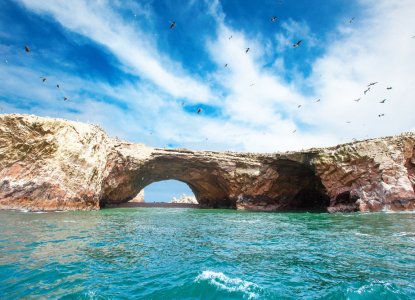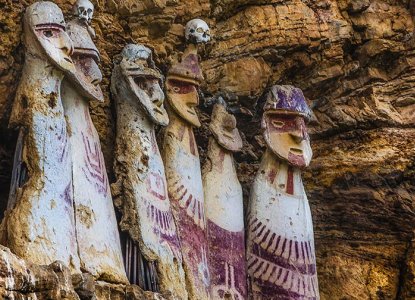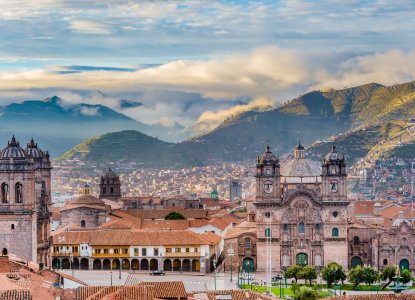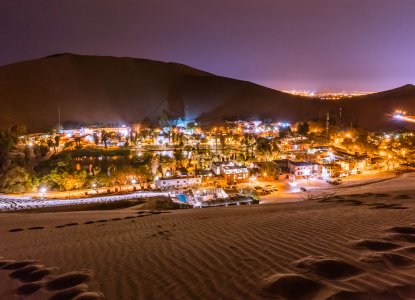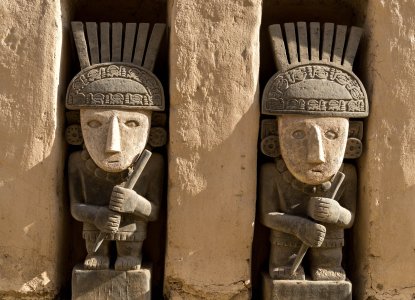Altitude Sickness and Machu Picchu: What You Need to Know
The dramatic landscapes and engineering marvels of Machu Picchu are irresistible to many Peru travellers, but one concern we often hear is regarding the high elevation found in the region - will I get altitude sickness in Machu Picchu?The famous archaeological site of Machu Picchu sits at 2,430 mete
Read More



